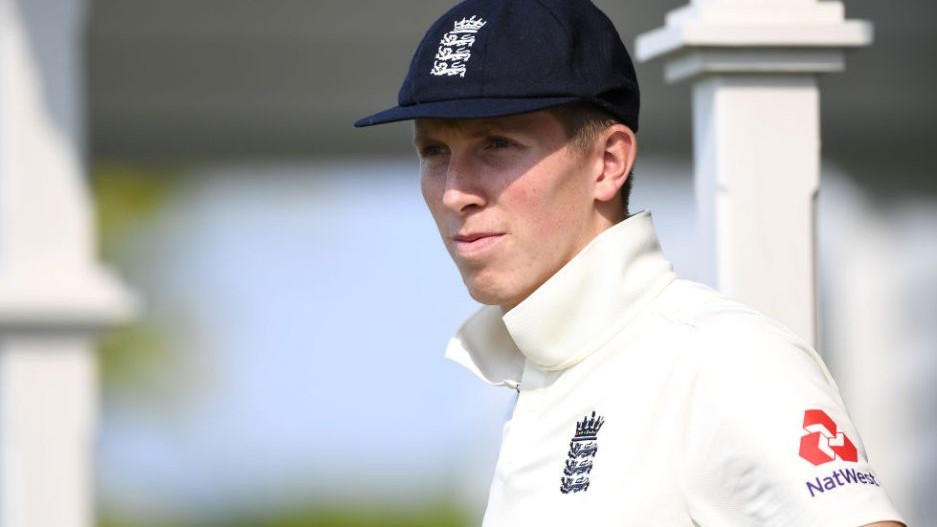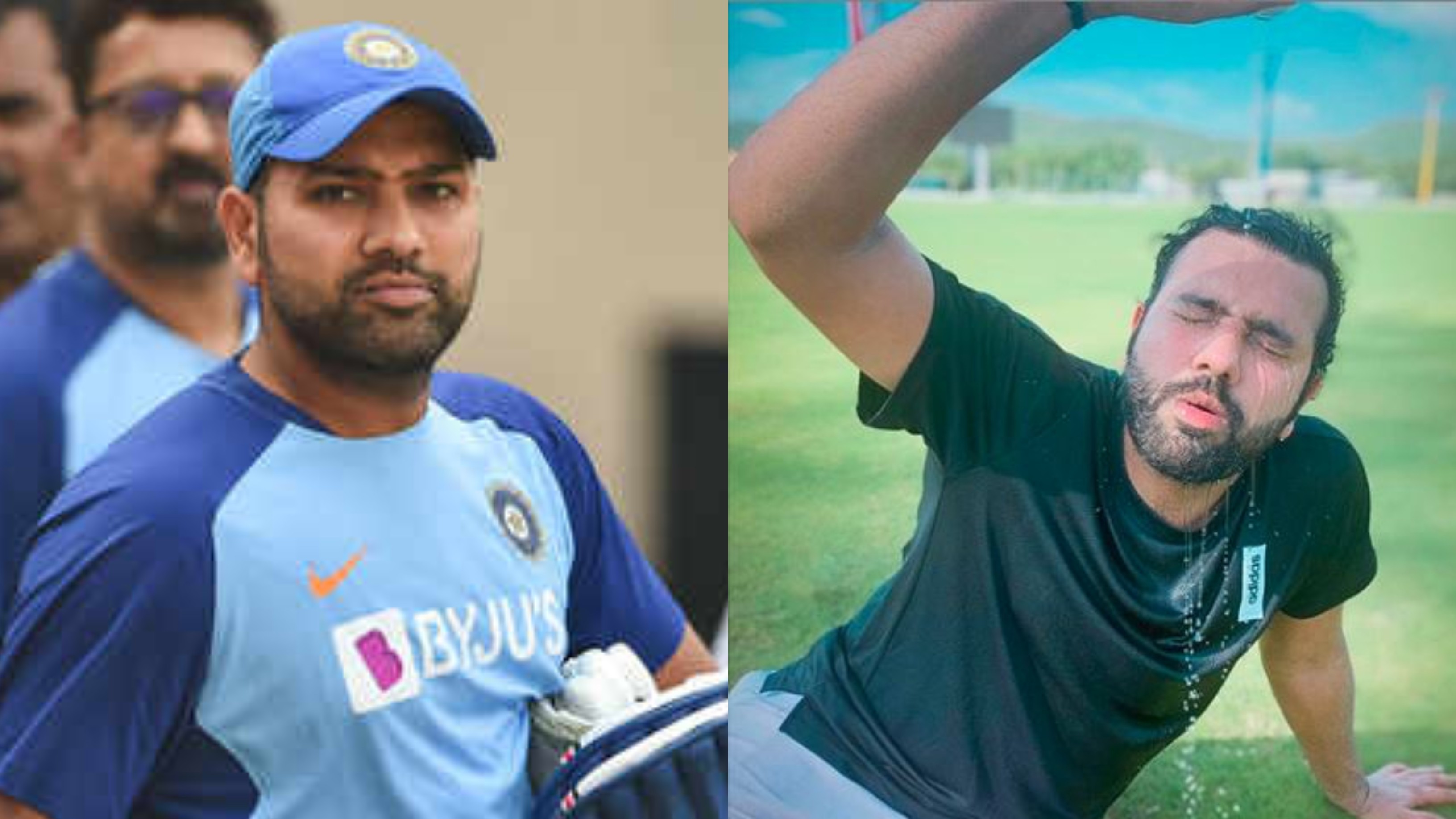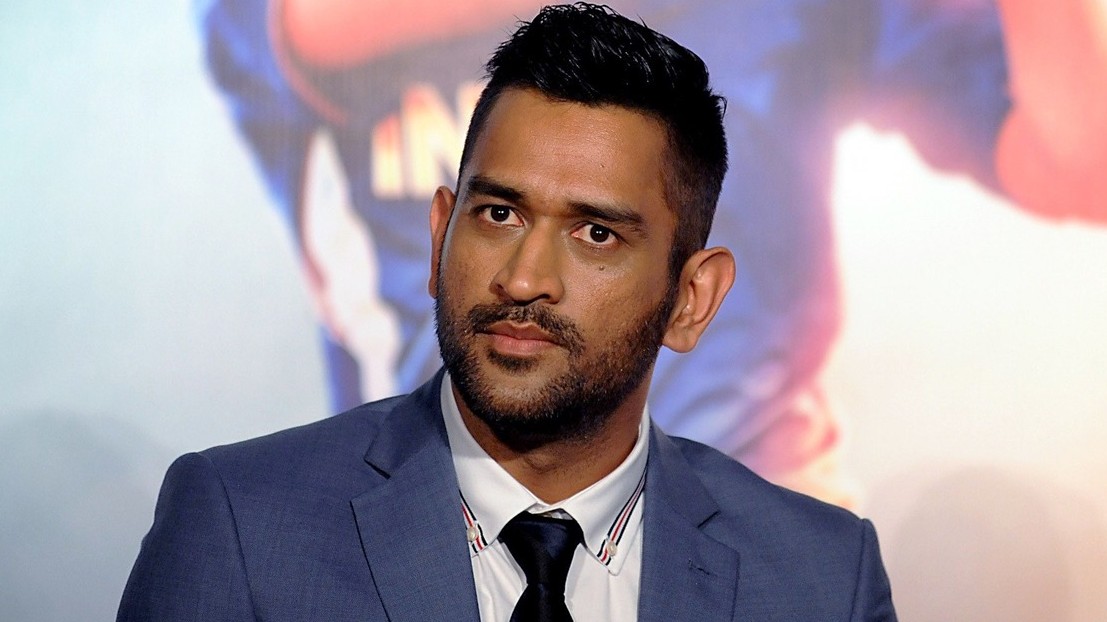 Vijay Bharadwaj looked back at his career playing for Karnataka, enjoying the highs of the LG Cup 1999 quadrangular ODI series in Kenya, becoming a Test cricketer for India and the misfortunes and the pain that followed.
Vijay Bharadwaj looked back at his career playing for Karnataka, enjoying the highs of the LG Cup 1999 quadrangular ODI series in Kenya, becoming a Test cricketer for India and the misfortunes and the pain that followed.
Primarily a right-hand batsman, who could bowl handy off-spin, Bharadwaj played his part in the successful Karnataka Ranji Trophy side of the 90s, featuring the likes of Rahul Dravid, Javagal Srinath, Anil Kumble, Venkatesh Prasad and Sunil Joshi.
Read Also: Wasim Jaffer named Uttarakhand’s new head coach for 2020-21 domestic season
"I came into the Ranji Trophy team in 1993-94. That's when we had the best of the teams in the country, with legends like Anil Kumble and Rahul Dravid, Javagal Srinath, Venkatesh Prasad, Sunil Joshi -- six or seven legendary cricketers," he told the Times of India.
"From '93 to '99, ít was the best period for our state, and I was one of the highest run-getters for Karnataka, almost all the time when we won the Ranji Trophy."
"We won three Ranji Trophy titles in the period. To play one final is in itself a big thing, but to play three Ranji Trophy finals and to get three hundreds in Ranji Trophy finals is nothing short of some achievement, I guess."
"1280 runs in a season for Karnataka. That's how I got into the Indian team," Bharadwaj recalls.
The stint with the Indian team started on a very happy note, as he scored 89 runs at a strike-rate of 100 and took 10 scalps at an average 12.20 to end as the highest wicket-taker in the LG Cup, where he was awarded "Man-of-the-tournament', despite India losing to South Africa in the final in Nairobi.
"The transition and the gap was too huge. You are straight away playing in front of a crowd of one lakh or billions of eyeballs on TV. How do you handle that pressure? You need to be a little lucky to get the kind of break that I had. I was really high on confidence because I trusted my batting," said the now 44-year-old.
Then the Test debut happened via the home series against New Zealand, the high of which, in hindsight, the youngster wasn't mentally ready for.
"I played only one Test match (during that series against the Kiwis). In my debut game, I got out first ball, without even realising what Test cricket is. A golden duck. I was dropped for the third Test."
"We travelled to Australia (thereafter), one of the toughest tours. I had never ever seen an Australian pitch before that. I sat (out) for two Test matches. Everybody was failing."
"Rahul's series average was somewhere around 15 or 20. Imagine someone who had played 5-6 years of Indian cricket was failing. (Sourav) Ganguly was a failure as well in that series, never got (many) runs. VVS Laxman didn't score, no opener could score," Bharadwaj remembers.
He played the Sydney Test on that disastrous tour, where all that could go wrong did.
"I went in at No. 6 or No. 7. Imagine the morale of the team. Sachin (Tendulkar) was devastated because he was performing as a batsman, but as a captain he was not able to understand what was happening. So what would happen to a youngster like me when some of the seniors were failing like that. They had no clue what was happening. We lost 3-0."
"During the Sydney Test that I played, my back got injured badly. For the next one and a half years, I didn't get up because I was bedridden; and nobody even bothered to ask me what was happening. I was totally lost," added Bharadwaj.
In the aftermath of that trip, with India winning only one of its 11 internationals in Australia, the selectors went on a panic mode and looked for quick fixes. Bharadwaj bore the brunt of it, especially as he took ill-fated advice.
"I used to wear spectacles. So in 2000 (while recovering from the back injury), someone suggested to get the eyes operated (to get rid of the glasses). I did that and lost my eyes as well. My vision went for a toss. After that, I was not the same cricketer anymore," he said.
"When I ultimately got my eyes tested, it was gone, in the sense that I could not even follow the path of the ball while fielding, forget about batting."
In 2002, a first-ball run-out against Zimbabwe followed a disappointing India A tour to England the next year, and with his vision also not the same anymore, Bharadwaj not only fell out of national selectors' favour but also went off Karnataka's radar.
"I got selected for India A, but I had lost my (best) vision then. I didn't have the guts to go and tell them 'don't select me'," he said. "As a youngster, you can't go and tell people that you can't see the ball because you are mentally wrecked. You just go there and try it out."
Bharadwaj moved to Jharkhand at the domestic level in 2005, but the comeback didn't happen.
Perhaps he could've spoken to the selectors, management and other senior cricketers about his issues and the mental trauma he was facing? "No" comes the answer.
"No way you could have done that (in those days)," adds Bharadwaj. "That was not an option at all. You couldn't have gone and spoken to your seniors or a selector, saying that 'I am not mentally okay'. You will have to find your own way. That's how it was. Maybe things have changed now, maybe the board is also open to it now, but those days were something different."
"It was not the fear of getting dropped, it was the fear of your career ending...I was totally a mental-wreck because I knew I could not play further. I was almost on the verge of breaking down. But in our country, the system says you don't go and tell someone that you're suffering."
"The reason why I'm saying this is that in our country, the stigma is much bigger. If you go and tell someone that I'm suffering, I'm not in the right state of mind, then they will think there's something wrong with this guy; and that propaganda goes in a negative way. So you hide, don't tell anyone," he concluded.
(Inputs from TOI)



